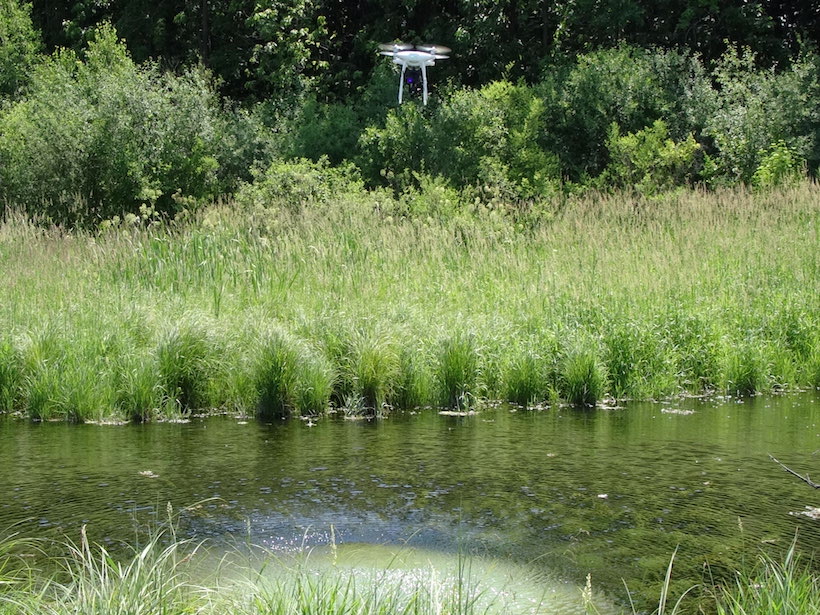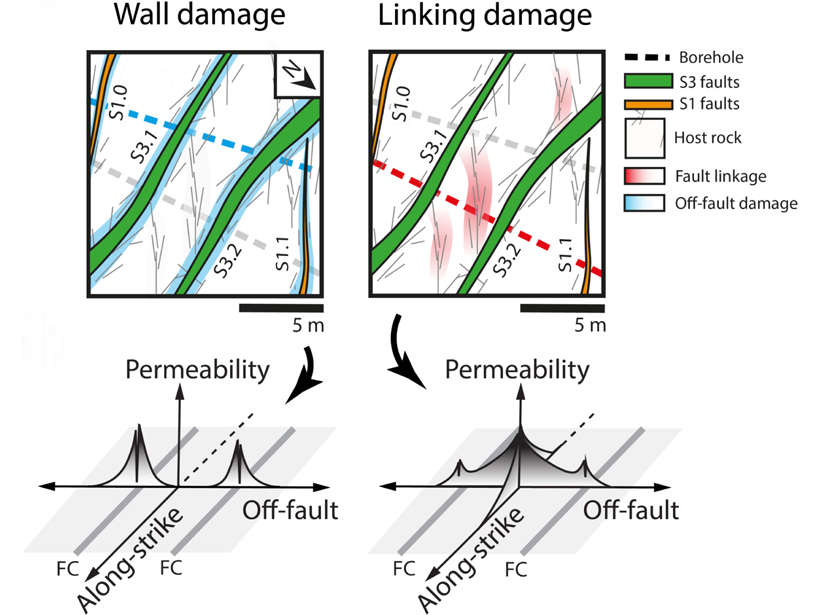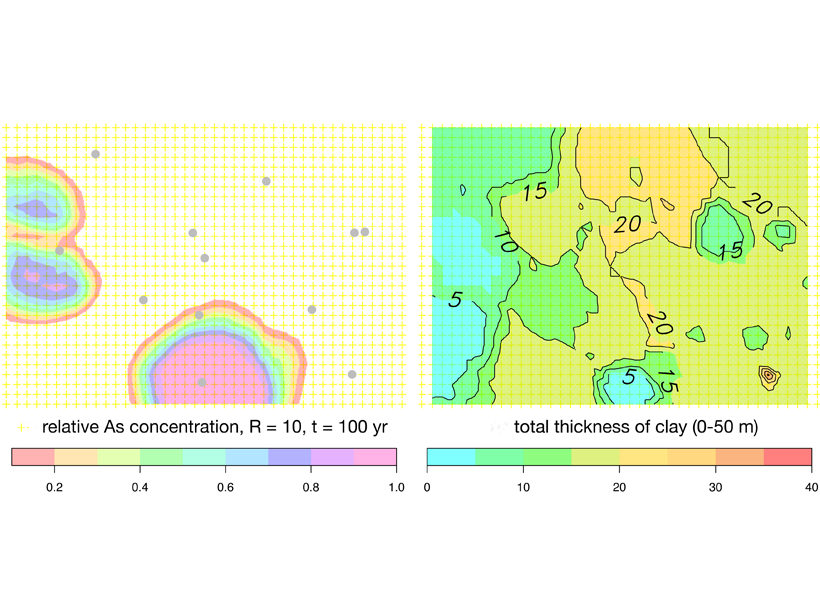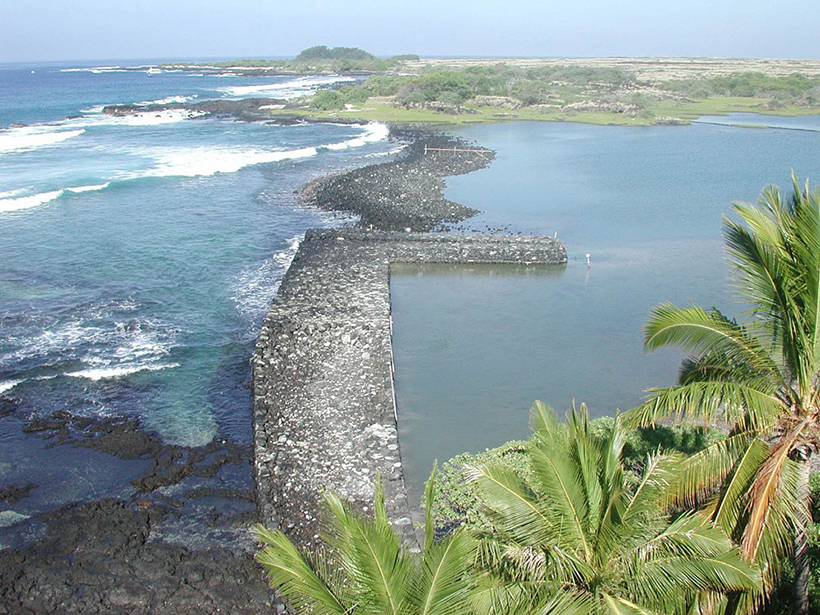Innovative new research by a team of international scholars borrows modeling methods from ecology and applies them to groundwater sustainability.
groundwater
¿Cómo Afecta el Reverdecimiento del Ártico al Agua Subterránea?
Nuevas investigaciones examinan cómo los cambios en la ecología de la superficie influyen en la hidrología subterránea en el Ártico.
Taking an Aerial View Underground
Wisconsin geologists are testing using drones equipped with thermal cameras to measure shallow soil depths in areas prone to groundwater contamination.
Groundwater Crisis in Zimbabwe Brought On by Droughts
Zimbabwe’s groundwater is disappearing fast, leaving rural communities without water for household and agricultural use.
Machine Learning Predicts Subsidence from Groundwater Pumping
Machine learning and data on aquifer type, sediment thickness, and proxies for irrigation water use has been used to produce the most comprehensive map of land subsidence in the western U.S. to date.
Fluctuating Fluid Flows in a Fractured Fault
Fault damage zones can focus fluid transport near faults.
Arsenic Pollution in Bangladesh is Catching Up with Deeper Wells
Inhabitants of Bangladesh have deepened drinking water wells to avoid extracting arsenic-rich groundwater from shallow aquifers, but these may not be free from pollution either.
El Agua Subterránea es la “Conexión Occulta” Entre la Tierra y el Océano
La importancia del agua subterránea dulce para los ecosistemas costeros es revelada utilizando el primer modelo numérico a escala global.
How Does a Greening Arctic Affect Groundwater Recharge?
New research examines how shifts in aboveground ecology influence belowground hydrology in the Arctic.
Groundwater Is the “Hidden Connection” Between Land and Sea
The importance of fresh groundwater to coastal ecosystems is revealed using the first computer model at a global scale.










